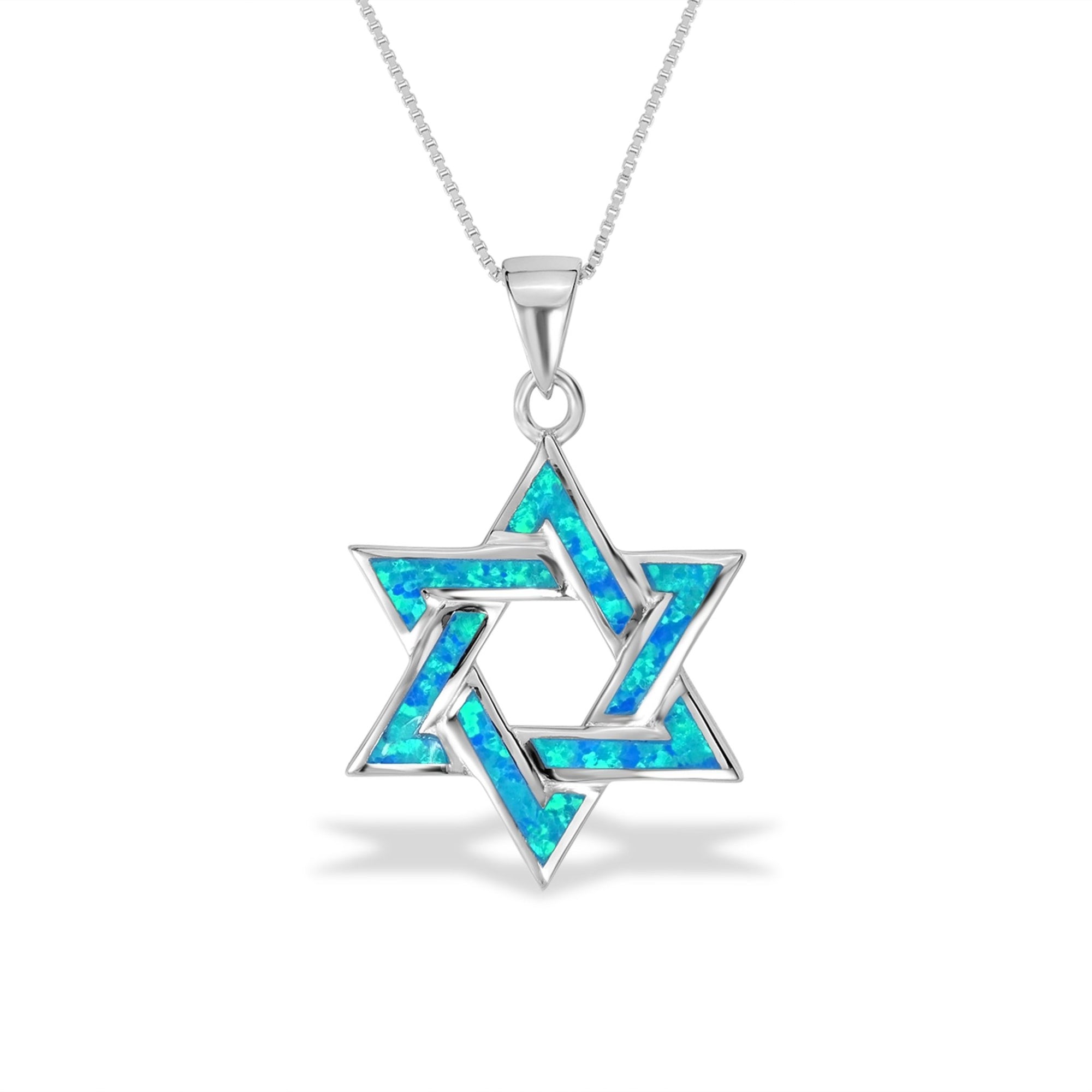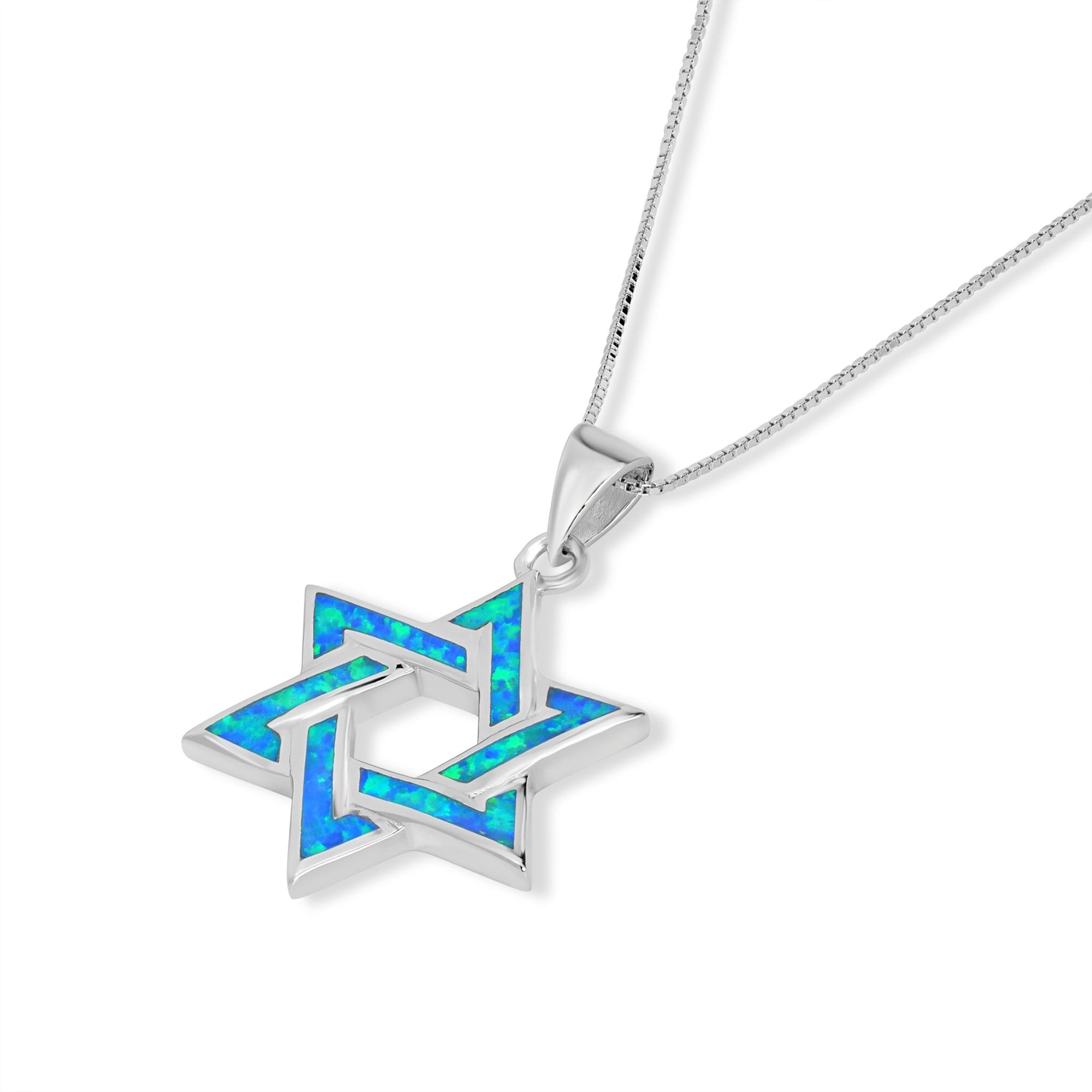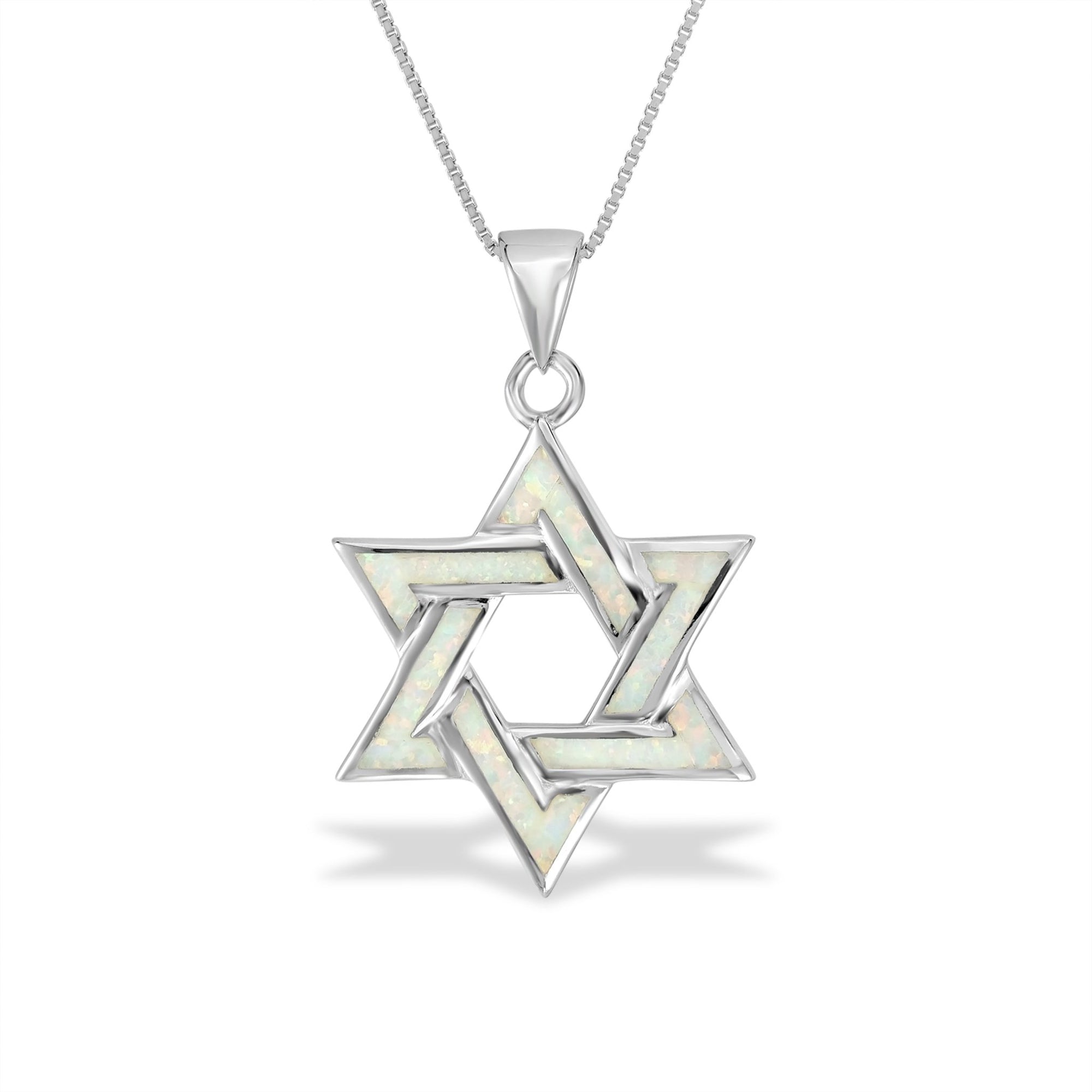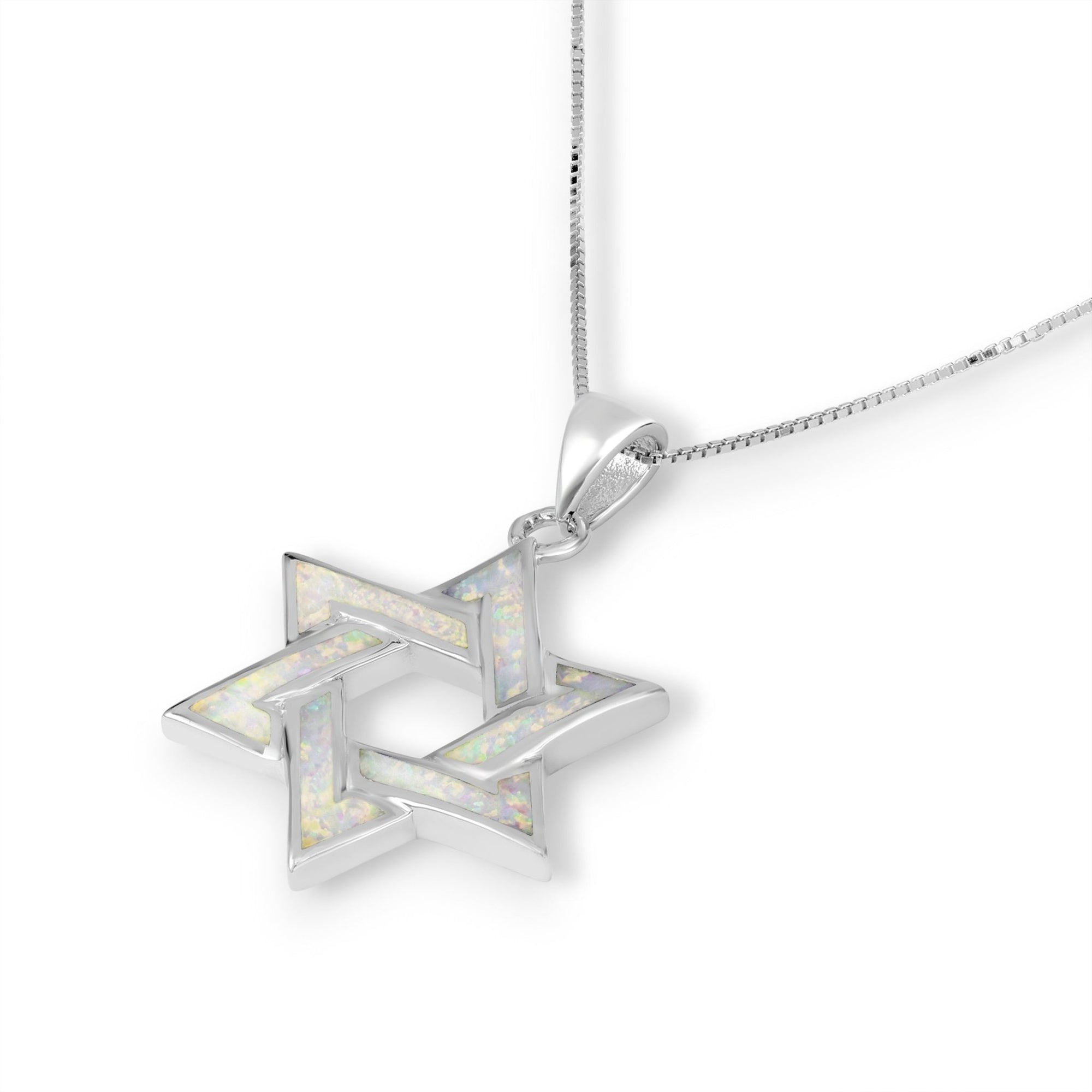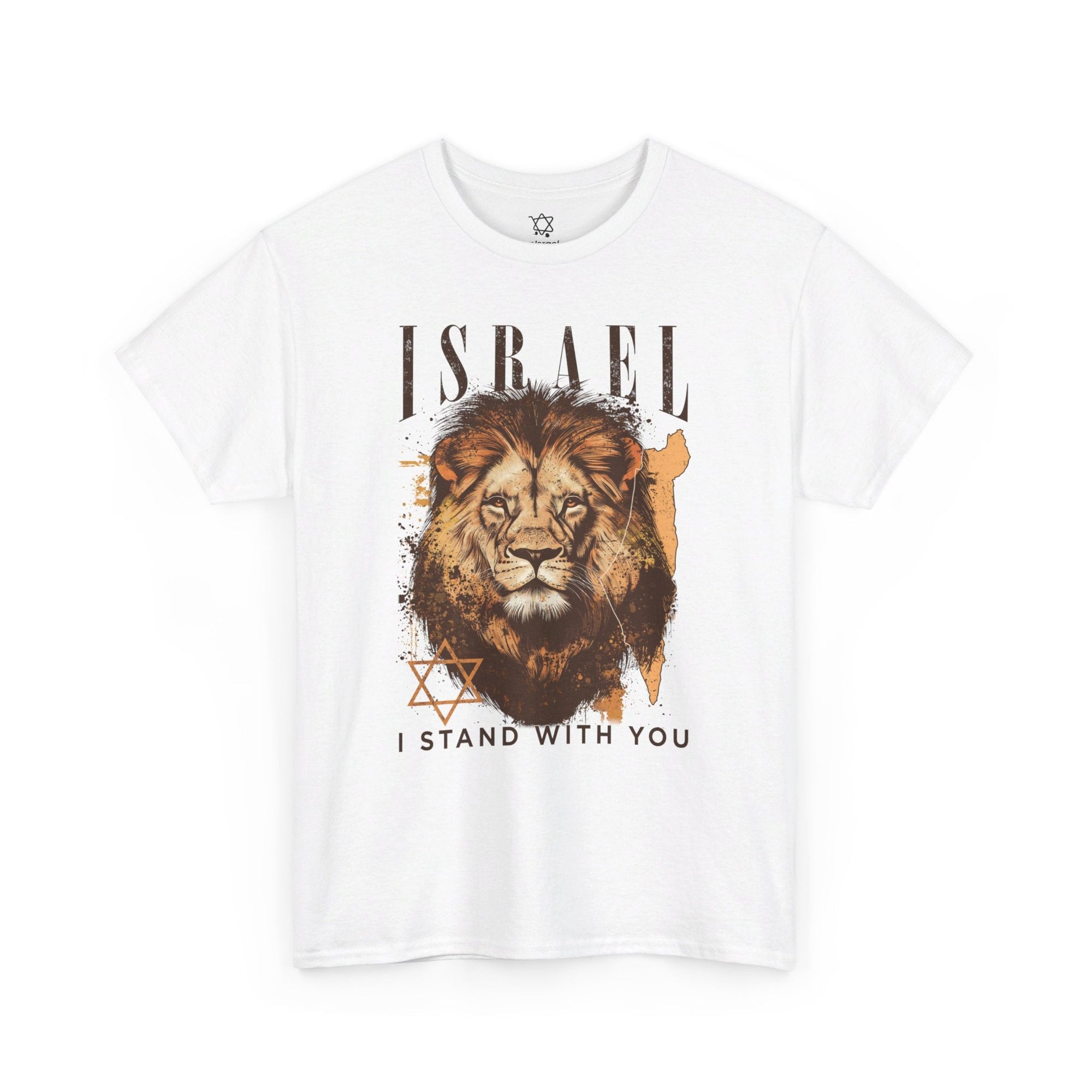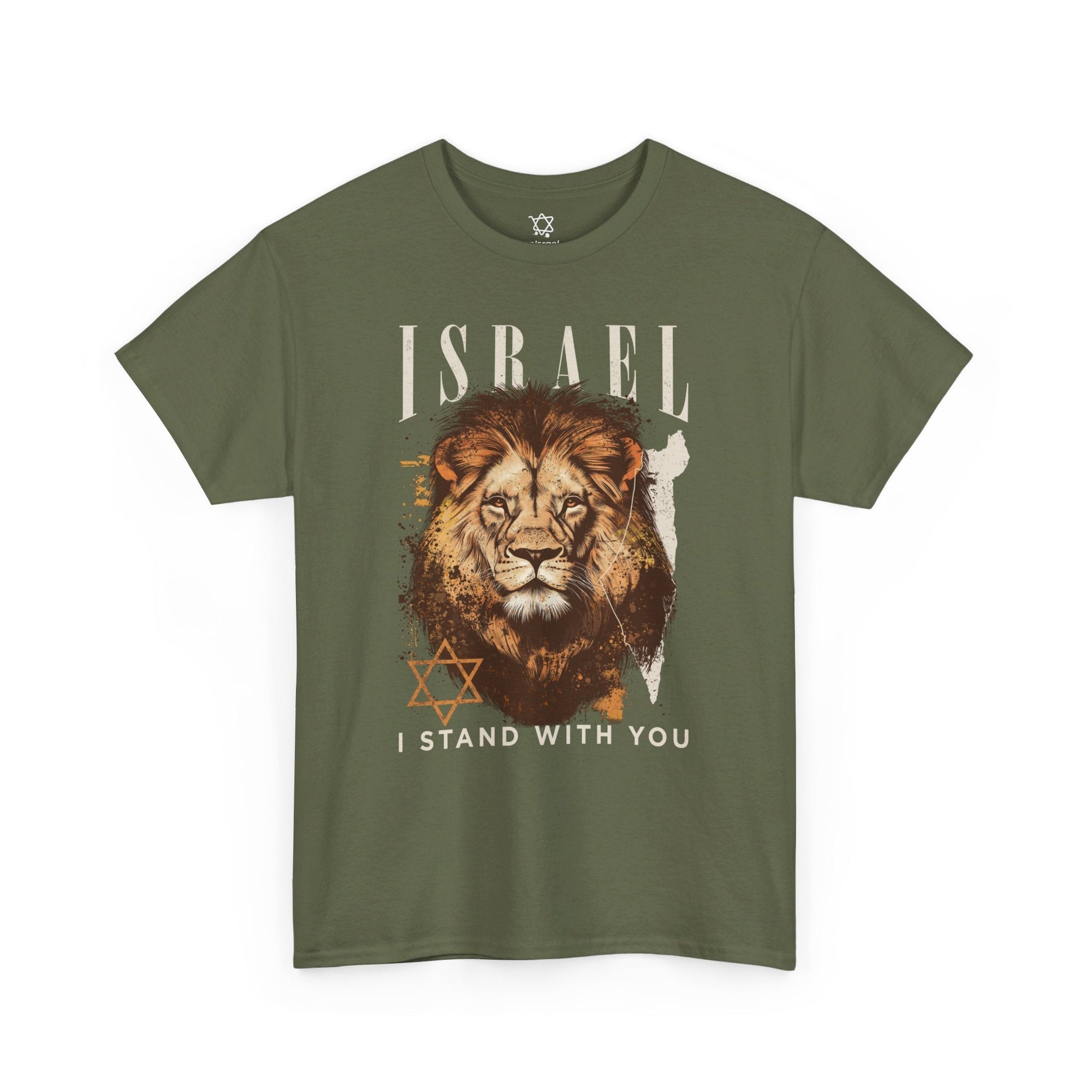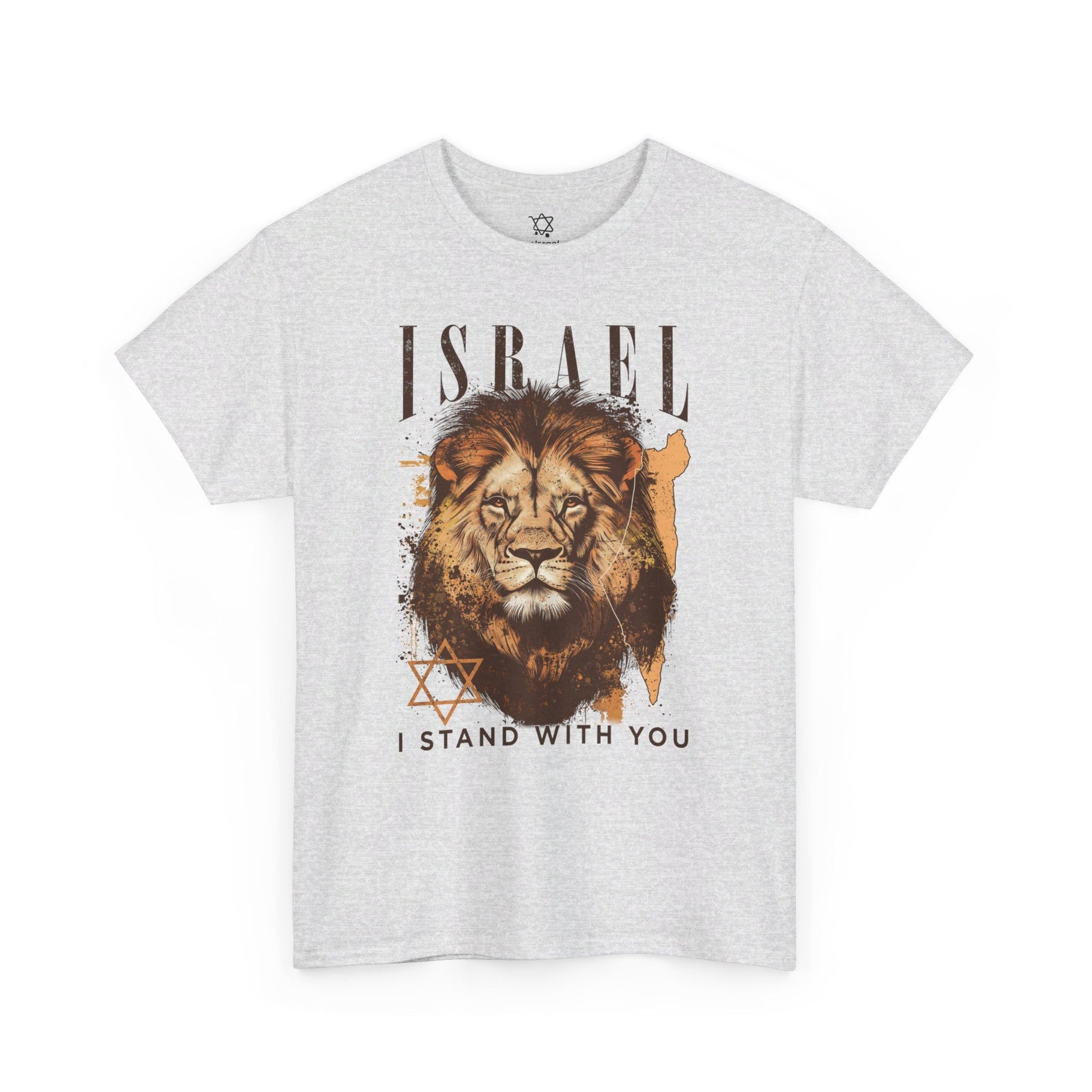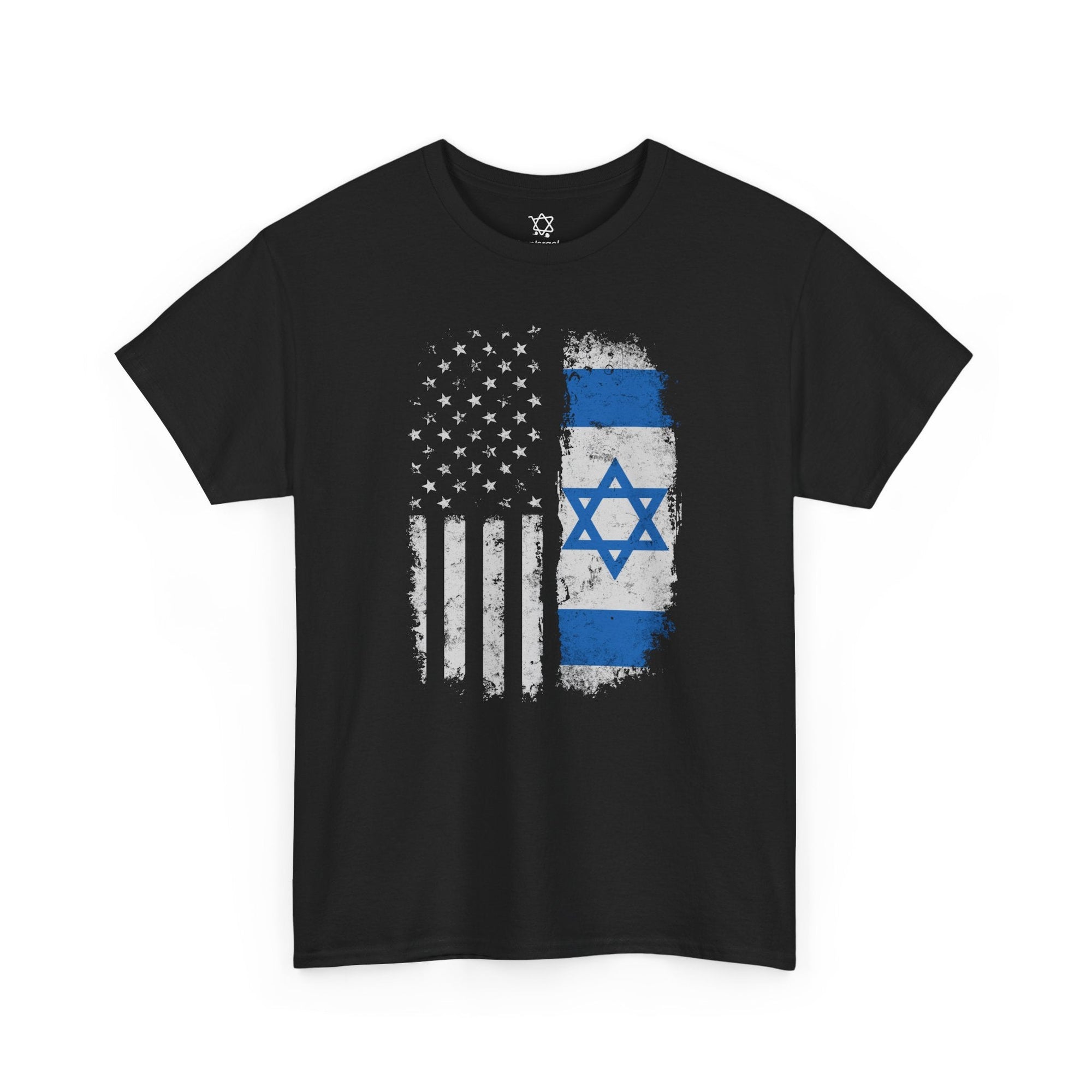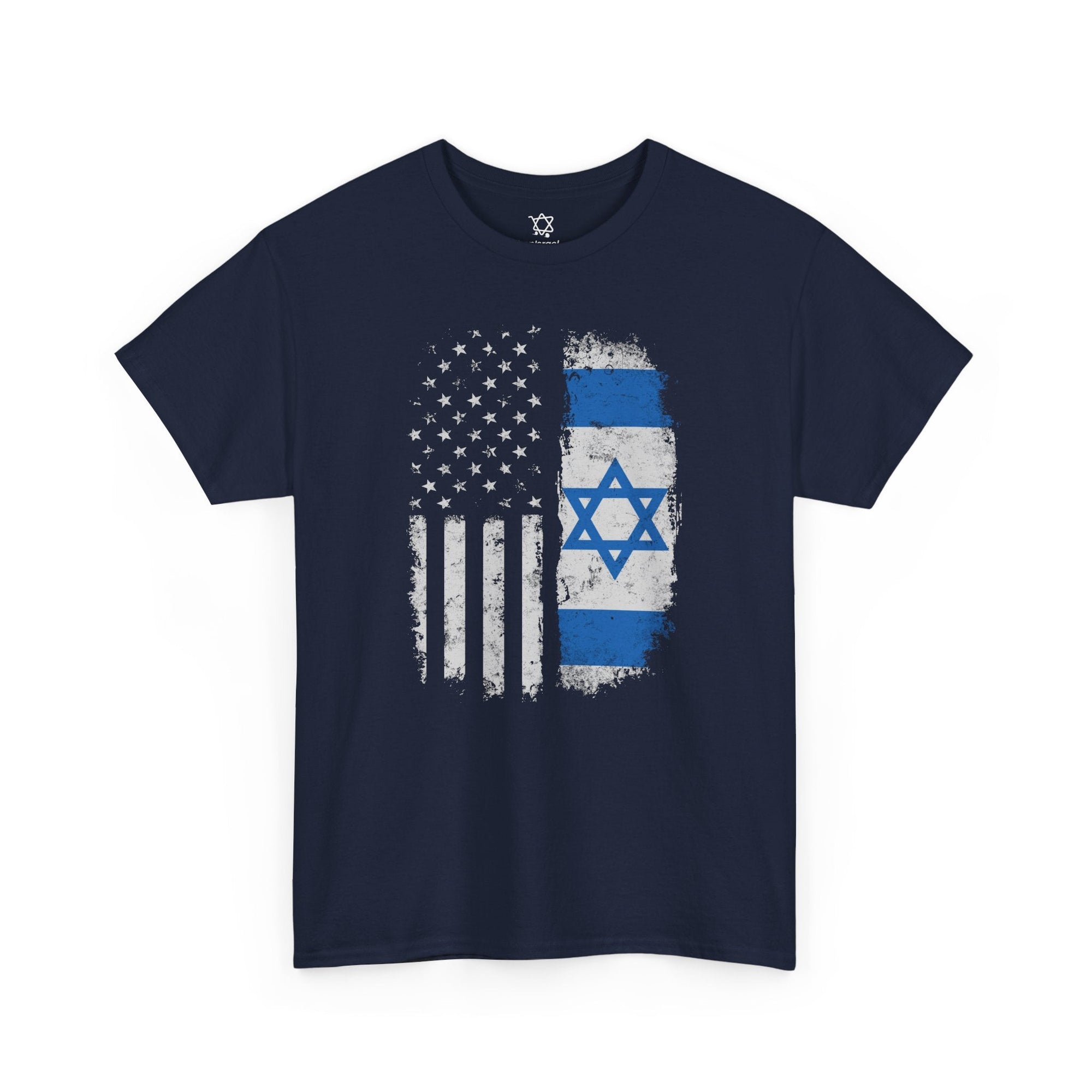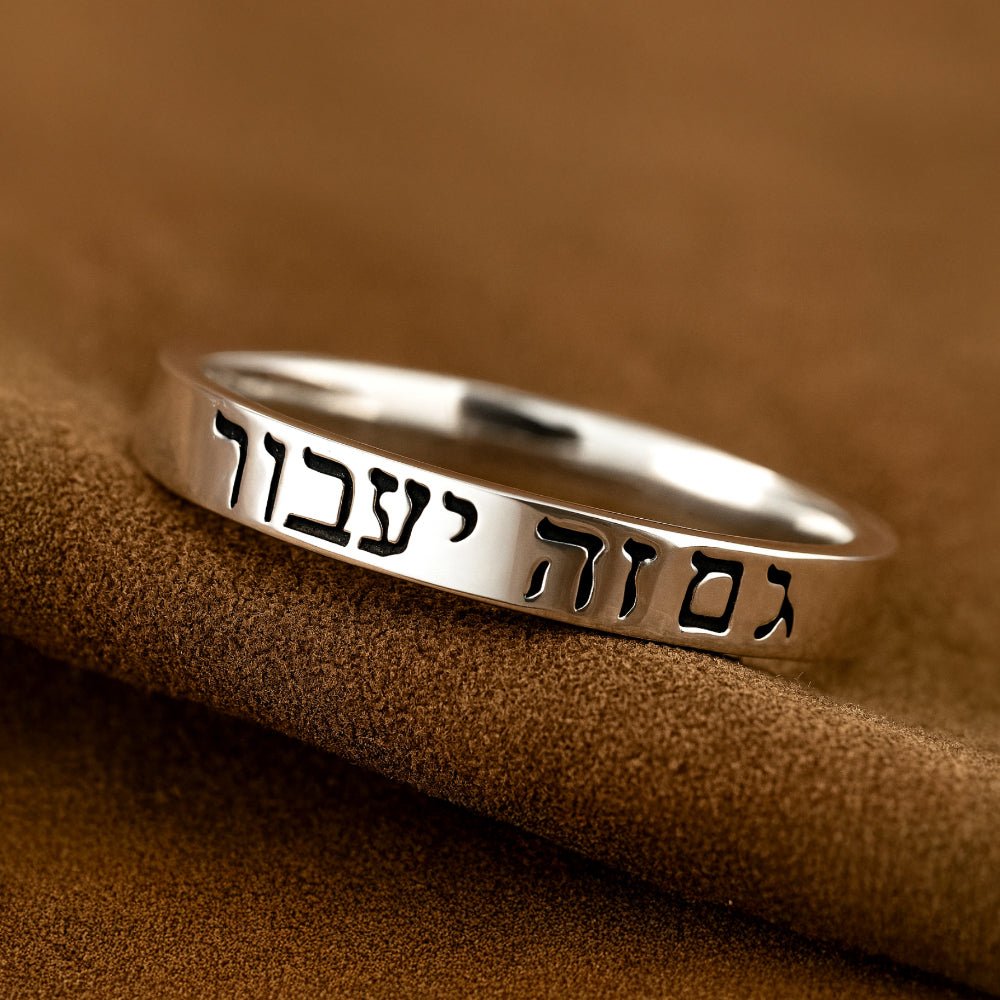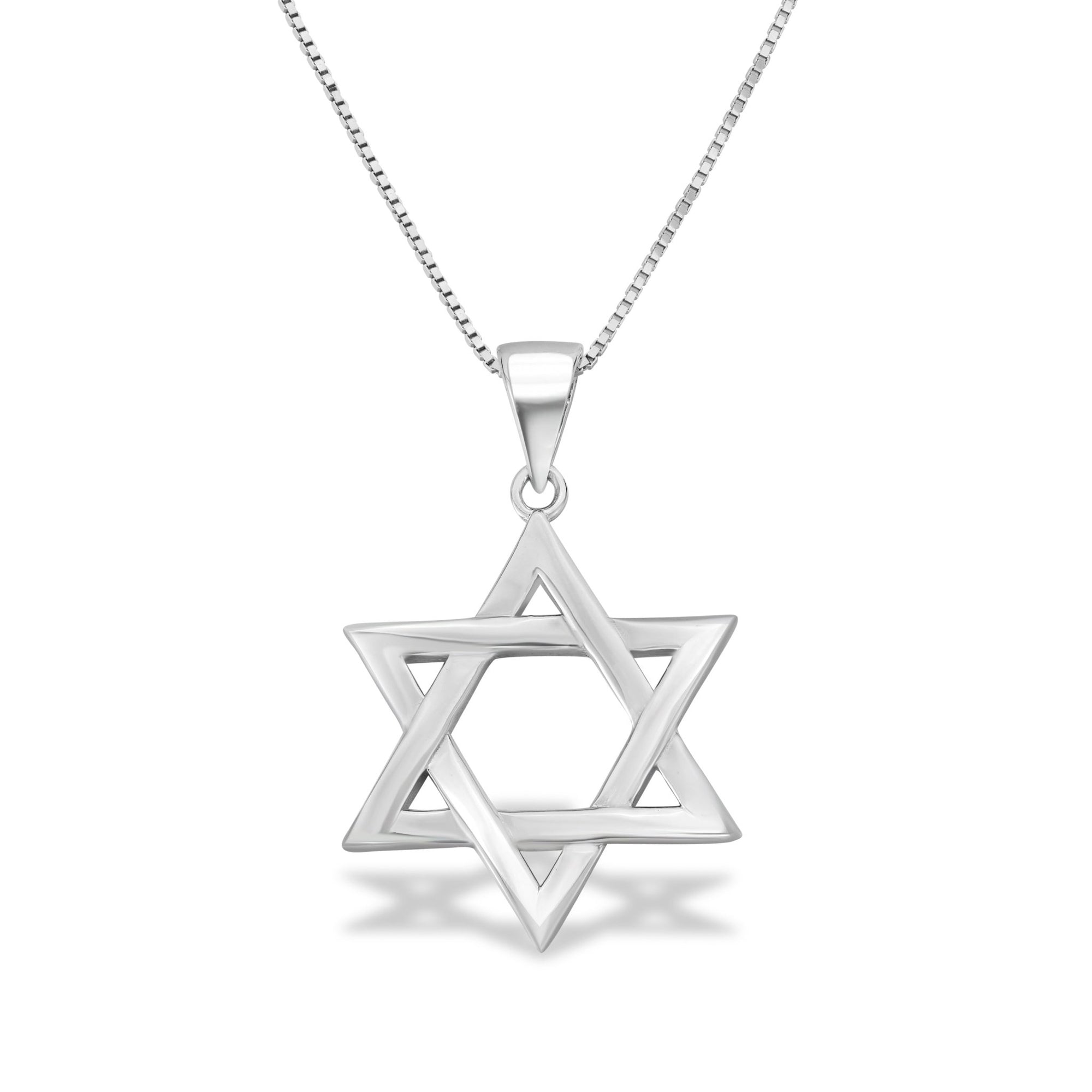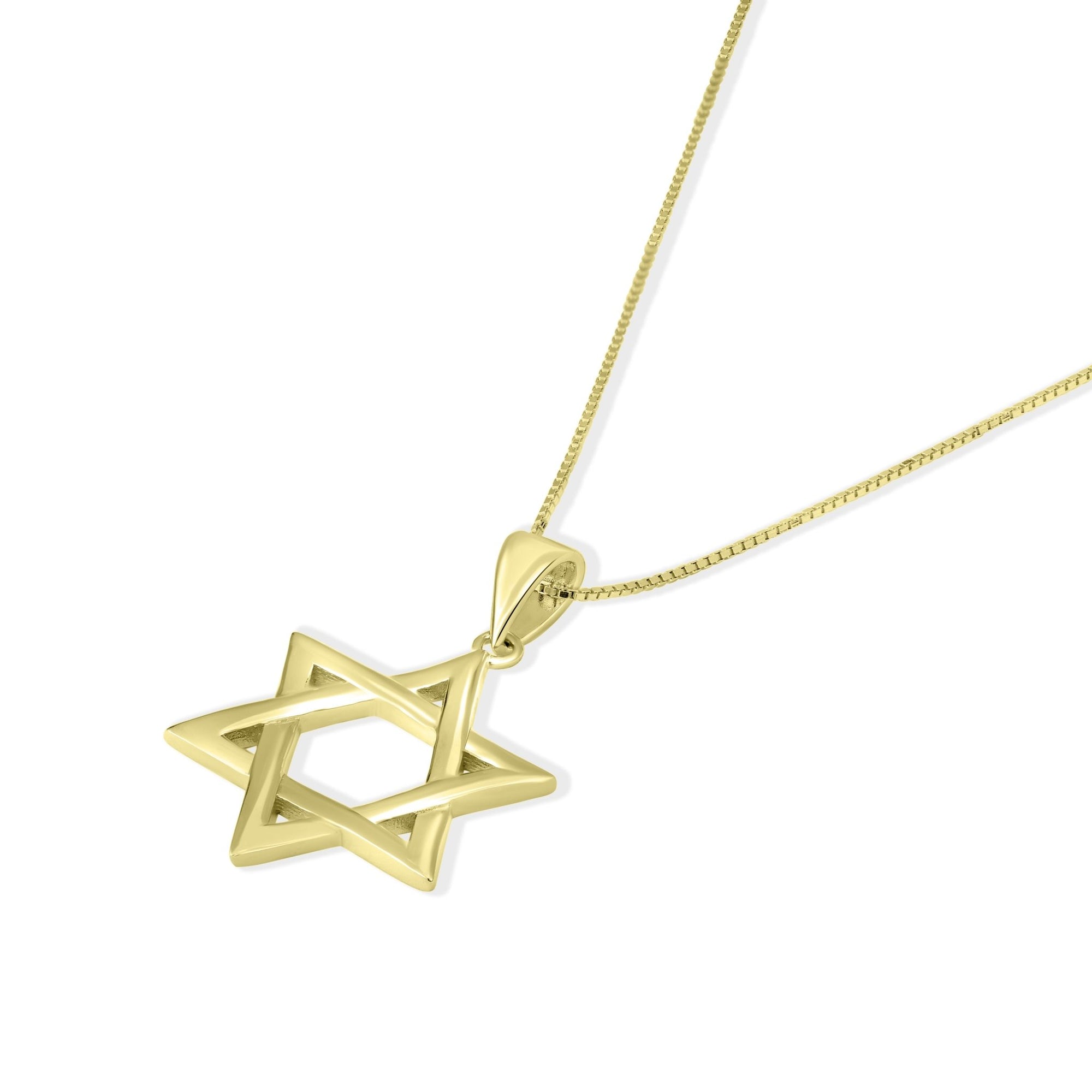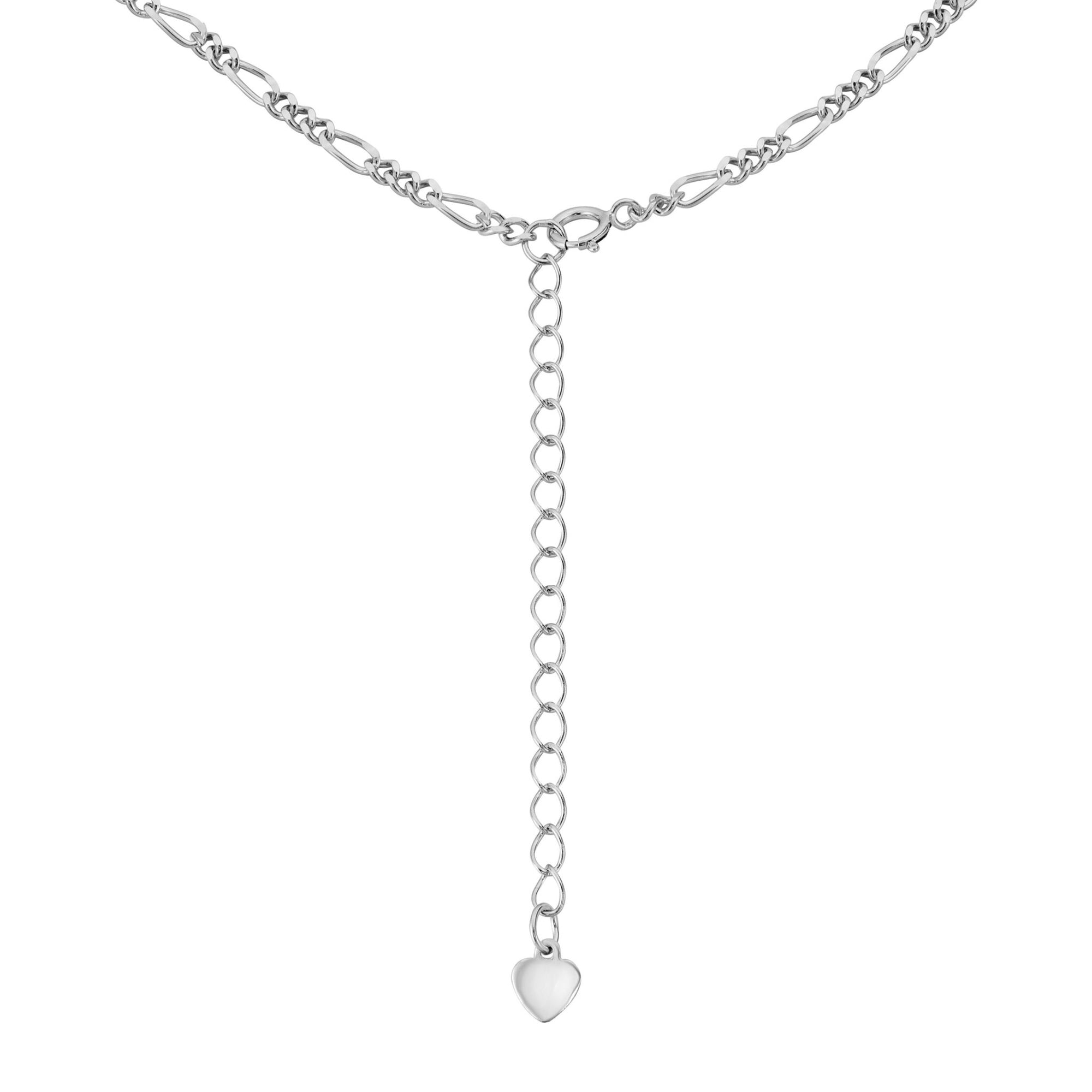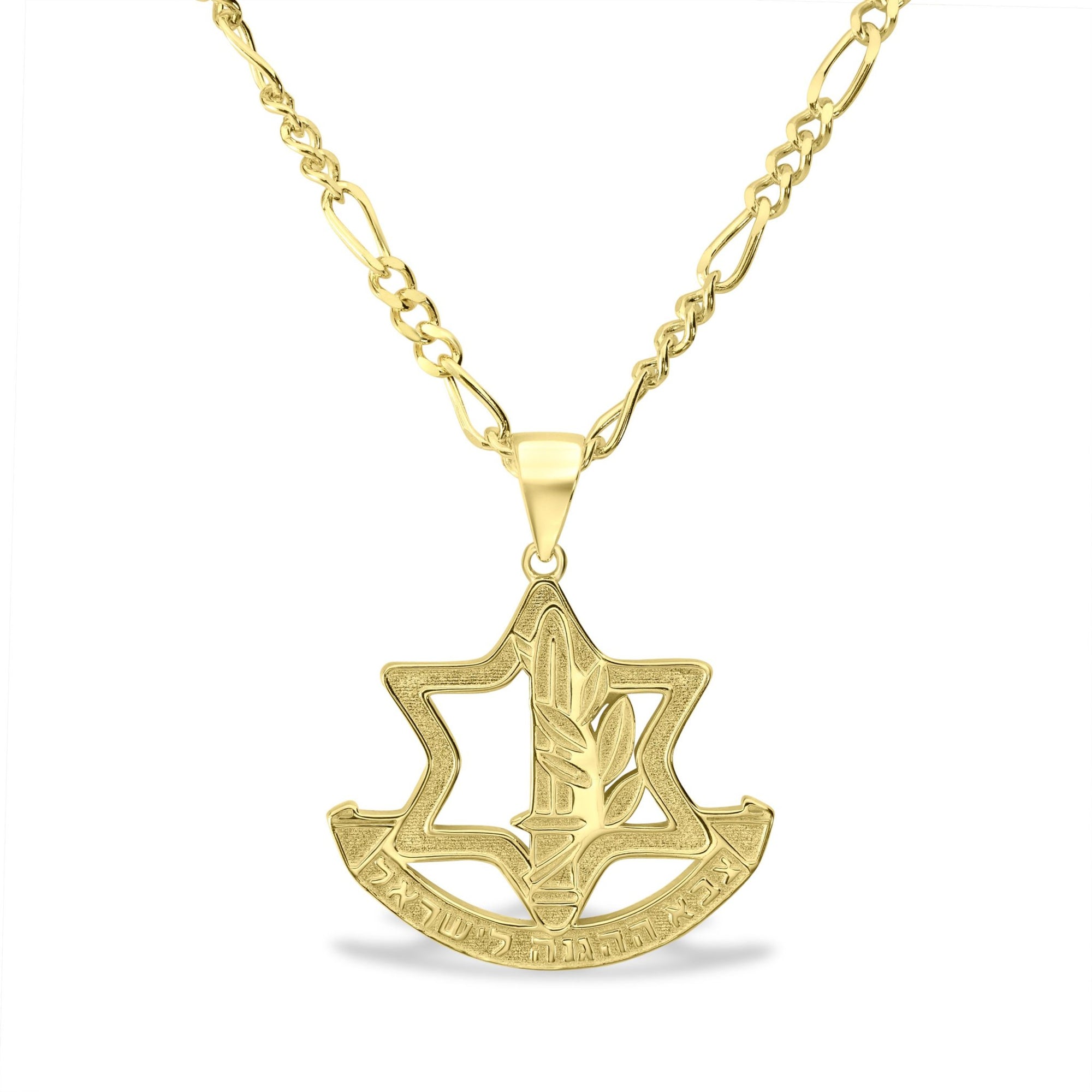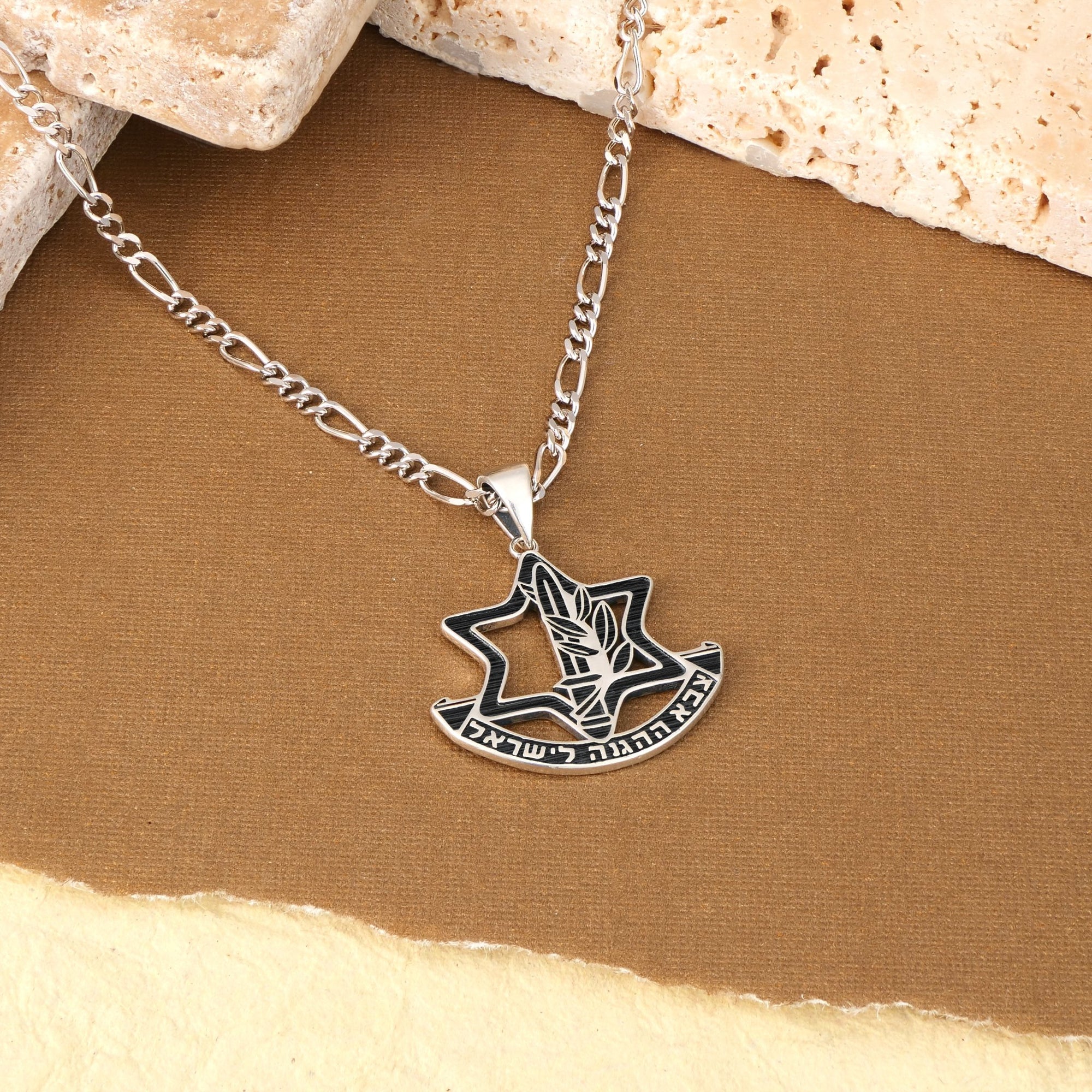Introduction: The Star of David as a Symbol Beyond Time
The Star of David, often called the Magen David or 'Shield of David,' is a simple yet powerful symbol formed by two interlocking equilateral triangles creating a six-pointed star. This emblem is deeply woven into Jewish identity and culture, serving as a visual representation of faith and heritage.
Historically, the star has held diverse meanings. It signifies protection, unity, and the connection between the divine and humanity. In mysticism, its six points reflect the six directions—north, south, east, west, up, and down—symbolizing God's rule and presence everywhere. The Star of David embodies survival, pride, and a profound bond to Jewish ancestry.
More than just a religious icon, the star represents a resilient spirit that has carried Jewish communities through centuries. It is prominently displayed on synagogues, treasured in jewelry, and boldly featured on the flag of Israel. For many, wearing the Star of David is an expression of solidarity, identity, and enduring faith that transcends time and place.
Historical Origins and Evolution of the Star of David
What are the historical origins of the Star of David?
The Star of David, known in Hebrew as Magen David or "Shield of David," is formed by two overlapping equilateral triangles creating a six-pointed star, or hexagram. Its roots reach far back, with ancient decorative uses noted in Jewish culture from at least the 6th century BCE. Noteworthy early appearances include the 3rd–4th century Khirbet Shura synagogue in Israel and the Leningrad Codex from the 11th century. However, the symbol was not exclusive to Judaism: it appeared in Christian, Hindu, Buddhist, and Islamic contexts, often representing divine or mystical protection.
How did the Star of David evolve into a Jewish symbol?
The definitive link between the Star of David and Jewish identity began around the Middle Ages, particularly in 14th-century Prague. The Jewish community there embraced the hexagram as a communal emblem, possibly linked to legends of King David's shield and divine guardianship. Throughout the 17th century, Jewish communities across Eastern Europe increasingly adopted the symbol for religious and cultural purposes, engraving it on synagogues, manuscripts, and tombstones. For more on the Star of David in the Middle Ages.
Adoption by the Zionist movement and modern symbolism
By the late 19th century, the Star of David had grown into a potent emblem of Jewish identity and nationalism. It was officially chosen as the central symbol for the Zionist movement at their first congress in 1897, symbolizing Jewish unity and the quest for a homeland. Following the horrors of the Holocaust, during which the Star of David was tragically used by Nazis to mark and persecute Jews, the symbol emerged as a badge of resilience and pride. It was ultimately incorporated into the flag of the new State of Israel in 1948, where it represents God's protection over the Jewish people and their enduring cultural heritage.
The Star of David in Jewish Faith and Mysticism

What is the spiritual and mystical significance of the Star of David?
The Star of David, also known as Magen David, holds profound spiritual and mystical significance within Jewish tradition and Star of David, especially through the lens of Kabbalistic mystical use. Its form—two interlocking equilateral triangles creating a six-pointed star—symbolizes the harmonious union of divine masculine and feminine energies, reflecting the sacred connection between heaven and earth.
Each of the star’s six points corresponds to God’s dominion over the six directions: north, south, east, west, up, and down. This symbolizes God’s omnipresence and protective watch over the entire universe and the Jewish people. Central to the star’s meaning is the unity between the triad of God, Torah, and the People of Israel, which expresses the inseparable relationship at Judaism symbol’s core.
In Kabbalistic teachings, the Star of David relates closely to the concept of the sefirot—the spiritual attributes or emanations of God that constitute the structure of creation. The six points are often linked to six male sefirot, symbolizing divine aspects such as kindness, severity, harmony, and foundation, while the center represents the seventh sefira, symbolizing the female or the unifying force.
This sacred geometry embodies divine protection, spiritual balance, and unity, making the Star of David not just a cultural emblem but a living symbol of faith and resilience. It serves as a reminder to strive for harmony within oneself and the community, and to remain connected to divine guidance and ancestral heritage.
The Star of David's Role Through Adversity and Resilience

How was the Star of David used during times of persecution?
During the Holocaust, the Star of David was forcibly imposed upon Jewish people by the Nazis, who required them to wear yellow badges emblazoned with the star. This cruel use of the symbol served as a mark of identification and a tool for persecution, transforming a proud emblem of Jewish identity into one associated with suffering and oppression.
Yet, even in these darkest hours, Jewish communities reclaimed the Star of David symbol as a badge of defiance and strength. Despite its use as a mark of marginalization, the symbol became a unifying emblem of hope, survival, and solidarity among the Jewish people.
What does the Star of David symbolize in modern times regarding resilience?
Today, the Star of David Meaning is embraced worldwide as a powerful symbol of Jewish pride and resilience. It represents not only faith and heritage but also the unwavering spirit of a people who have endured adversity throughout history.
Worn proudly in Star of David jewelry and displayed prominently on Star of David on Israeli Flag, the star embodies empowerment, unity, and the continuous fight against antisemitism. It serves as a reminder of the Jewish people's historical perseverance and their ongoing dedication to preserving their culture, identity, and survival.
This transformation from a symbol of suffering to one of strength has made the Star of David symbolism one of the most significant icons of Jewish resilience and hope.
Star of David Jewelry: Expression of Faith and Identity

What does wearing Star of David jewelry signify?
Wearing Star of David jewelry is a deeply meaningful expression of faith and Jewish identity. It symbolizes protection, pride, and unity within the Jewish community. For many, it represents a spiritual connection to Jewish heritage and the enduring bond between the wearer and the divine. Beyond its historical and religious roots, this jewelry is also a symbol of survival and resilience, especially significant in times of adversity. Many choose to wear or gift Star of David pieces during life milestones such as bar or bat mitzvahs, weddings, conversions, or memorial ceremonies, making it a cherished emblem of celebration and remembrance.
What types of Star of David jewelry are popular?
Star of David jewelry is available in a wide range of styles and materials to suit various tastes and occasions. Popular pieces include necklaces, pendants, rings, bracelets, and earrings. Designs vary from traditional and ornate to sleek, modern, and minimalist. Common materials are precious metals like gold and silver, often enhanced with enamel, gemstones, or diamonds. Some creations feature additional Jewish symbols such as the Lion of Judah or incorporate personalized engravings like Hebrew inscriptions or birthstones, blending heritage with personal significance.
Jewelry makers in Israel and worldwide continually reinterpret the Star of David into unique designs that fuse ancient symbolism with contemporary fashion. This makes Star of David jewelry not only a profound symbol of Jewish culture and spirituality but also a versatile accessory that proudly showcases one's connection to Judaism and Israel.
Cultural and Artistic Significance of the Star of David in Jewelry

How do designers reinterpret the Star of David in contemporary jewelry?
Jewelry designers creatively blend the Star of David Symbolism with modern fashion trends to produce pieces that appeal to diverse tastes. Contemporary designs range from minimalist gold or silver pendants to intricate artisanal styles featuring gemstones, enamel, and three-dimensional elements. This fusion not only honors the star's spiritual and historical importance but also makes it a versatile emblem for everyday wear.
Artistic interpretations
The Star of David is admired for its perfect geometric symmetry, which artists use as an inspiring motif. Designs often emphasize the star’s six-pointed Hexagram shape symbolizing unity, protection, and the connection between humanity and the divine. Artistic Star of David jewelry encapsulates these themes, representing strength and faith while appealing aesthetically through balanced, elegant forms.
Jewelry as cultural expression
Wearing Star of David jewelry is a profound personal statement reflecting Jewish identity symbol heritage, and pride. It serves as a symbol of faith and resilience, especially meaningful to those in the diaspora or supporters of Israel. Star of David pieces often accompany significant events like bar mitzvahs, weddings, or memorials, further underscoring their cultural and emotional significance.
Incorporation of additional Jewish symbols
Many contemporary pieces combine the Star of David with other Jewish symbols to deepen their meaning. For instance, some designs feature the Lion of Judah, symbolizing strength and lineage, or Hebrew inscriptions such as "Chai" (life) and "Shema Israel" (hear, O Israel), enhancing spiritual connection and cultural identity. These additions enrich the jewelry by linking it to broader themes in Jewish heritage.
These jewelry creations not only celebrate Jewish tradition but also offer wearers a way to showcase their solidarity, faith, and cultural pride in stylish, meaningful ways.
The Star of David Beyond Judaism: Wider Cultural Appearances

Use in other religions and traditions
The Star of David, while foremost a symbol of Jewish identity and faith, also appears in various other religious and cultural contexts. Known in Islam as the "Seal of Solomon," the hexagram has adorned mosques and was featured on the Moroccan flag. Hinduism and Buddhism both utilize similar six-pointed geometric shapes symbolizing cosmic harmony and spiritual balance. Christianity sometimes incorporates the hexagram in religious art as a decorative motif.
Shared symbolism across cultures
Across these different traditions, the hexagram often embodies themes of harmony and unity. In alchemical contexts, for example, it represented the balance of elements such as fire and water. Similarly, within Hindu and Buddhist teachings, it can signify peace, fortune, and the interconnectedness of all things. These diverse representations emphasize the universal appeal of the star's symmetrical form as a symbol of cosmic or spiritual order.
Differences in meaning
Despite these shared uses of the hexagram shape, the Star of David carries distinctive meanings unique to Judaism. In Jewish tradition, it symbolizes divine protection, the unity of the Jewish people, and the relationship between God and humanity, often described as a "shield" associated with King David. This contrasts with its other cultural uses, where the star may signify broader spiritual concepts or aesthetic purposes rather than ethnic or religious identity. For Jewish supporters and diaspora members, wearing the Star of David jewelry or displaying the symbol expresses pride, resilience, and connection to a rich heritage rooted in faith and history.
Star of David Jewelry: A Timeless Emblem of Identity and Protection
What is the symbolic significance of the Star of David?
The Star of David, or Magen David meaning 'Shield of David' in Hebrew, is a six-pointed star formed by two interlocking equilateral triangles. It represents profound Jewish identity, faith, and divine protection. Historically, the symbol has been linked to King David’s shield and embodies the protection God offers the Jewish people. In Kabbalistic tradition, the six points signify God's dominion over six directions—north, south, east, west, up, and down—and the harmonious balance between human and divine energies. Throughout history, the star has stood for unity, ancestry, resilience, and survival, especially poignant as it was co-opted during tragic periods such as the Holocaust, transforming into a symbol of endurance and pride.
How does jewelry serve as a medium for cultural pride?
Star of David jewelry transforms this ancient emblem into a personal expression of Jewish heritage and solidarity. Necklaces, bracelets, rings, and earrings crafted in gold, silver, gemstones, and other materials allow wearers to embody faith and identity visibly. These pieces are frequently gifted during significant life milestones—such as bar and bat mitzvahs, weddings, or conversions—affirming the wearer’s connection to tradition and community. Modern designs range from minimalist to ornate, blending tradition and fashion to resonate across generations and diasporas worldwide. Beyond religious meaning, wearing the Star of David in jewelry signals cultural pride and solidarity against antisemitism, serving as a beacon of empowerment and unity.
What is the enduring legacy and future relevance of Star of David jewelry?
The Star of David Jewelry continues to be a timeless emblem of Jewish identity with rich historical and spiritual connotations. Its presence on the Israeli flag and in sacred objects solidifies its role as a national and cultural symbol. As an accessory, it connects wearers to centuries of tradition, faith, and resilience, while also fostering communal bonds and remembrance. Moving forward, Star of David jewelry remains a powerful statement of pride, protection, and unity for Jews everywhere, continually inspiring solidarity in times of peace and adversity alike.
Conclusion: The Star of David Jewelry as a Living Symbol
Enduring Symbolism
The Star of David, or Magen David, continues to stand as a powerful emblem of Jewish identity and faith. From its ancient roots, where it was linked to King David's shield and divine protection, to its modern presence on the flag of Israel, the symbol has evolved while retaining profound cultural and spiritual significance.
Personal and Collective Meaning
Wearing Star of David jewelry is much more than an adornment; it represents a deeply personal connection to Jewish heritage, resilience, and unity. For many, it is a source of pride, an expression of faith, and a way to honor ancestry and survival through centuries of challenge.
Jewelry’s Role in Heritage and Pride
Star of David pieces—necklaces, rings, earrings—serve as daily reminders of belonging and strength. Crafted from precious metals or combined with meaningful gemstones, these items transcend fashion, offering wearers a tangible link to their roots and a symbol of perseverance. Gifting such jewelry at life’s milestones—bar and bat mitzvahs, weddings, or memorials—cements its role in carrying forward Jewish culture and pride across generations.














